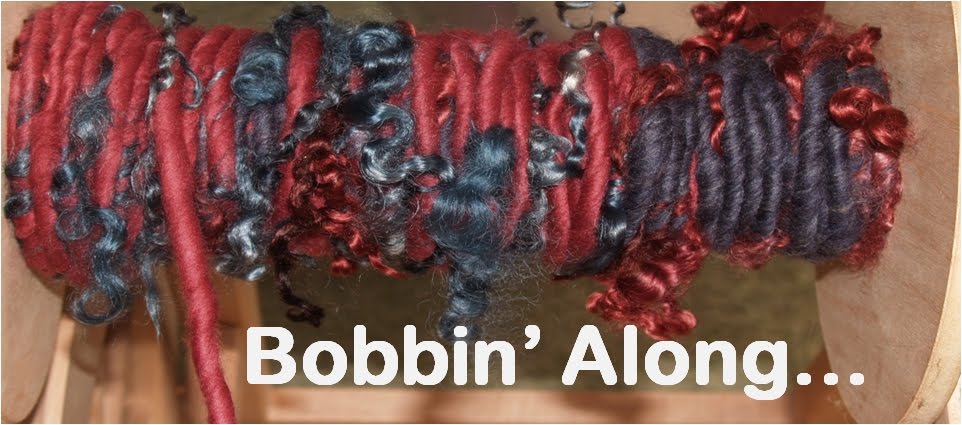I’m recovering from a radical attack of what D V Thompson calls “the craftsman’s appetite for new methods and materials.” It claimed my total being last weekend. It was exhilarating to paint yarn for the first time: being let loose to play with so many pots of colour, and being guided to create some of your own by Clare of Boo’s Attic, set me dancing with unbridled enthusiasm. Clare said we were entering into a little alchemy, and the journey of discovery certainly made you feel that way.
Artists mixing paints, like friend Debbie Ayles who kindly showed me her latest work earlier today, must have such an uplifting element to each working day. I remember watching my mother work water colours together in an old metal-style paintbox and being excited by the results. As an impressionable young PR person in the late 70s I was also lucky enough to visit the Windsor & Newton artists’ materials factory in north London. There I was totally captivated by the vast vats of colour we passed walking along the visitors’ gantry. Being able to combine colour and yarn and come out with what footballers call ‘a result’ at the dye workshop last weekend sent my spirits soaring!
I can only imagine what it must have been like for artists working on medieval illuminated manuscripts, hitting on just the right shade yet having to work with a limited number of pigment options. Their ingenuity, especially amongst the symbolic, life-like flowers of the Flemish Illuminated Manuscript painters, is highly laudable, especially when you read what they had to work with in books like D V Thompson’s ‘Materials and Techniques of Medieval Painting’.
I had my own bit of accidental alchemy occur when, towards the end of the workshop, I asked to dye a plain piece of scarf-sized silk to see what happened. I’ve read the odd bit about the Japanese art of Shibori, which I’d love to go into in more detail at some point, but I was totally unprepared for the marbled effects that occurred by simply flapping the corners over and very roughly winding the centre of the piece before painting. An astonishing piece of serendipity occurred, as you can see from the picture. I’d never be able to repeat that, even if I tried!
Unlike certain medieval alchemists, we were not imprisoned until we made gold but were allowed home at the end of the day, each of us sporting rather more hand-painted yarn than was strictly good for our bank balances. From reds to blues, tropical colourways like mine to David Hockney-esque greens and purples by friend and fellow weaver Debby, we were all very proud of the magic that coalesced to colour our day. May a little of our magic painting essence find its way to you in the coming week.
